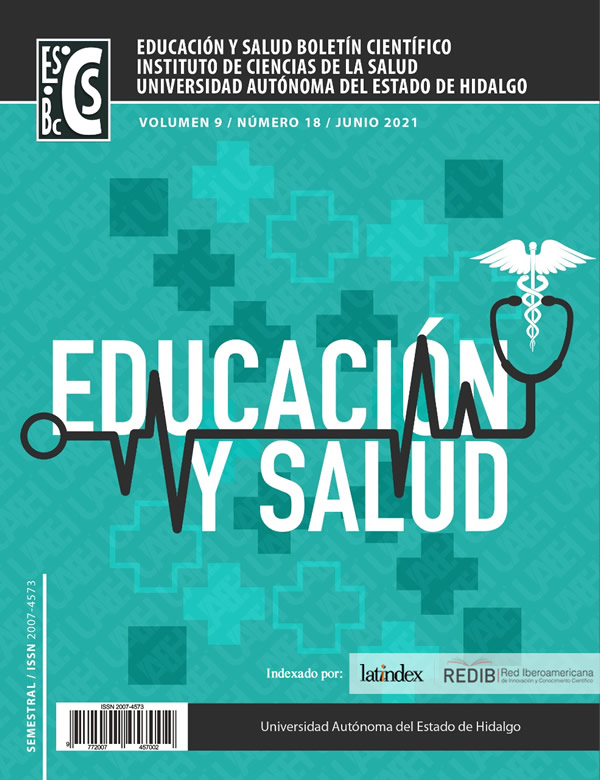Covid-19 diagram in pediatric patients
Abstract
The infectious disease, called COVID-19, is caused by the SARS-CoV-2 type coronavirus. Both the virus and the disease were unknown before the epidemic outbreak in Wuhan, China, in December 2019. The first case in Mexico was confirmed on February 28, 2020, and the World Health Organization (WHO) declared the disease a pandemic on March 11, 2020. Based on available evidence, the frequency of COVID-19 in children is lower than in adults. In Mexico, as of April 29, 2020, 389 confirmed cases were reported in children under 20 years of age, representing 2.2% of the total number of cases, with the highest percentage (42%) in the 15-19 age range. In general, an incubation period of 2 to 14 days is described (7). The main mechanism of transmission is through contact with respiratory secretions of infected persons. Although the most frequent clinical manifestations are fever and cough, other clinical manifestations reported are rhinorrhea, odynophagia, conjunctivitis, arthralgias, myalgias, dyspnea (serious), headache or irritability, gastrointestinal symptoms (diarrhea, vomiting, abdominal pain).
Downloads
References
Unidad de Inteligencia Epidemiológica y Sanitaria (UIES). Comunicado Técnico diario COVID-19 al 29/04/2020 19:00hrs. [1]
Systematic review of COVID‐19 in children show milder cases and a better prognosis than adults. Ludvigsson, J. F. 2020, Acta Paediatrica. [2]
The epidemiological characteristics of an outbreak of 2019 novel coronavirus diseases (COVID-19)—China, 2020. Surveillances, V. 8, 2020, China CDC Weekly, Vol. 2, págs. 113-122. [3]
Dirección General de Epidemiología. Datos Abiertos COVID-19 (base de datos al 29/04/2020). Secretaría de Salud. 2020.[4]
An analysis of 38 pregnant women with COVID-19, their newborn infants, and maternal-fetal transmission of SARS-CoV-2: maternal coronavirus infections and pregnancy outcomes. . Schwartz, D. A. 2020, Archives of pathology & laboratory medicine. [5]
Clinical characteristics and intrauterine vertical transmission potential of COVID-19 infection in nine pregnant women: a retrospective review of medical records. Chen, H., Guo, J., Wang, C., Luo, F., Yu, X., Zhang, W., & Liao, J. 10226, 2020, The Lancet, Vol. 395, págs. 809- 815. [6]
Centers for Disease Control and Prevention. Healthcare Professionals: Frequently Asked Questions and Answers. . [En línea] 2020. [Citado el: 30 de 03 de 2020.] www.cdc.gov/coronavirus/2019-ncov/hcp/faq.html. [7]
Asociación Mexicana de Pediatría. Síntesis de la Infección por COVID19 del paciente pediátrico en base a la información surgida de la pandemia. Actualización al 3 de abril. 2020. [8]
CDC. Coronavirus Disease 2019 in Children — United States. [En línea] 12 de February de 2020. https://www.cdc.gov/mmwr/Novel_Coronavirus_Reports.html. [9]
Secretaría de Salud. Dirección General de Epidemiología. Lineamiento Estandarizado para la Vigilancia Epidemiológica y por Laboratorio de la Enfermdad Respiratoria Viral. Abril 2020. Gobierno de México | Secretaría de Salud COVID-19 34. [10]
Cutaneous manifestations in COVID‐19: a first perspective. S., Recalcati. 2020, The Journal of the European Academy of Dermatology and Venereology.[11]










